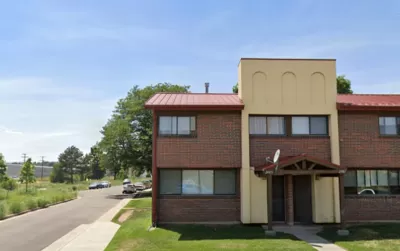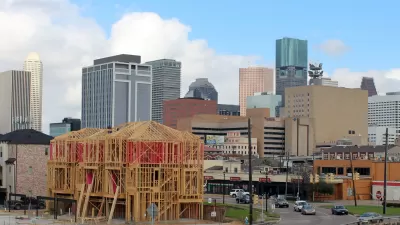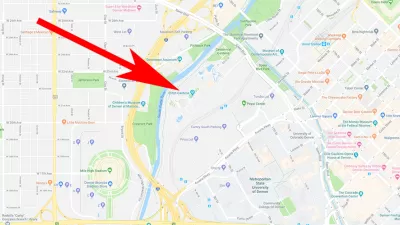One Denver neighborhood’s massive redevelopment project includes a branding element. Is it necessary?

Place branding, while controversial, is nothing new. Cities and neighborhoods frequently employ branding and marketing strategies to stimulate their economy, attract visitors and businesses, and generally boost their profile. Writing in Fast Company, Elissaveta M. Brandon describes the rebranding process occurring in one Denver neighborhood, questioning the utility of the project.
Denver’s Sun Valley, a formerly industrial zone, declined as the are was increasingly cut off from the rest of the city by railroads and freeways. “In 2010, about 27 homes remained, and five of them were vacant. Nearly 80% of Sun Valley residents lived below the poverty line.” Then, the Denver Housing Authority (DHA) “set out to redevelop the neighborhood by demolishing the almost hundred-year-old housing projects, building new subsidized and free-market housing units, and investing in a public park, a community garden, a community-operated supermarket, a job training center—and a visual identity for the renewed neighborhood.”
But the project came at a cost, which included displacing the 1,000 residents who lived in the apartments slated for demolition. As of May of this year, only 20 percent of former residents have returned to the neighborhood. “The residents have gained better housing and better public amenities, but according to Collective Colorado, they have lost the tight-knit community they had built.”
As for the branding aspect, the vision created by design firm Wunder Werkz, inspired by the cultural diversity of the neighborhood, is still a work in progress. “Wunder Werkz has essentially created an easy-to-use, flexible kit of parts with a clear hierarchy and set of rules that the community can reference and use when construction is complete, or whenever they need it.”
FULL STORY: One of Denver’s poorest neighborhood got a rebrand. Did it need it?

Alabama: Trump Terminates Settlements for Black Communities Harmed By Raw Sewage
Trump deemed the landmark civil rights agreement “illegal DEI and environmental justice policy.”

Planetizen Federal Action Tracker
A weekly monitor of how Trump’s orders and actions are impacting planners and planning in America.

The 120 Year Old Tiny Home Villages That Sheltered San Francisco’s Earthquake Refugees
More than a century ago, San Francisco mobilized to house thousands of residents displaced by the 1906 earthquake. Could their strategy offer a model for the present?

Ken Jennings Launches Transit Web Series
The Jeopardy champ wants you to ride public transit.

BLM To Rescind Public Lands Rule
The change will downgrade conservation, once again putting federal land at risk for mining and other extractive uses.

Indy Neighborhood Group Builds Temporary Multi-Use Path
Community members, aided in part by funding from the city, repurposed a vehicle lane to create a protected bike and pedestrian path for the summer season.
Urban Design for Planners 1: Software Tools
This six-course series explores essential urban design concepts using open source software and equips planners with the tools they need to participate fully in the urban design process.
Planning for Universal Design
Learn the tools for implementing Universal Design in planning regulations.
Clanton & Associates, Inc.
Jessamine County Fiscal Court
Institute for Housing and Urban Development Studies (IHS)
City of Grandview
Harvard GSD Executive Education
Toledo-Lucas County Plan Commissions
Salt Lake City
NYU Wagner Graduate School of Public Service




























